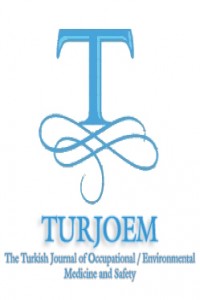Abstract
Different forms
of fungi, present in an unsuitable environment at any stage of food /feed
production and consumption chain lead to unwanted changes and decompositions.
With the rise of the humidity and depending on favorable temperature especially
in grain, oilseeds, fodder and other dried food, micro fungi known as mold
propagate and thus produce poisonous toxic substances or mold poisons. Mold
spores are propagated and disseminated under appropriate temperature, storage
conditions, humidity, physical deformation and grow as canker. Almost all dry
fruits, spices, cotton seeds, milk products and feeds stored under
inappropriate conditions of temperature and humidity are at risk to grow
aflatoxins. Aflatoxin is metabolized within
the body of the animals who consumed the feed messed up by aflatoxins. It
passes indirectly to people who eat these products. The primary condition for formation of
aflatoxins in foodstuff is its becoming infected by the spores of the mold, and
the secondary one is infested foodstuff itself. To prevent aflatoxin formation
it is necessary to implement advanced agricultural techniques. Fertilization
and irrigation should be done in a way according to the soil and crop. It is
immediately after its harvest that the product should be dried up appropriately
as recommended by experts. Drying work by laying outdoors should be replaced by
modern facilities. Convenient storage conditions can prevent the emergence of
aflatoxin to a great extent.
Keywords
References
- Dilek BAŞALMA
- Ankara University, Faculty of Agriculture, Department of Field Crops, Dışkapı, Ankara, Turkey
Abstract
References
- Dilek BAŞALMA
- Ankara University, Faculty of Agriculture, Department of Field Crops, Dışkapı, Ankara, Turkey
Details
| Journal Section | Articles |
|---|---|
| Authors | |
| Publication Date | February 16, 2017 |
| Published in Issue | Year 2017 Volume: Volume 2 Issue: İssue 1 (1) - 2.İnternational Congress Of Forensic Toxicology |


